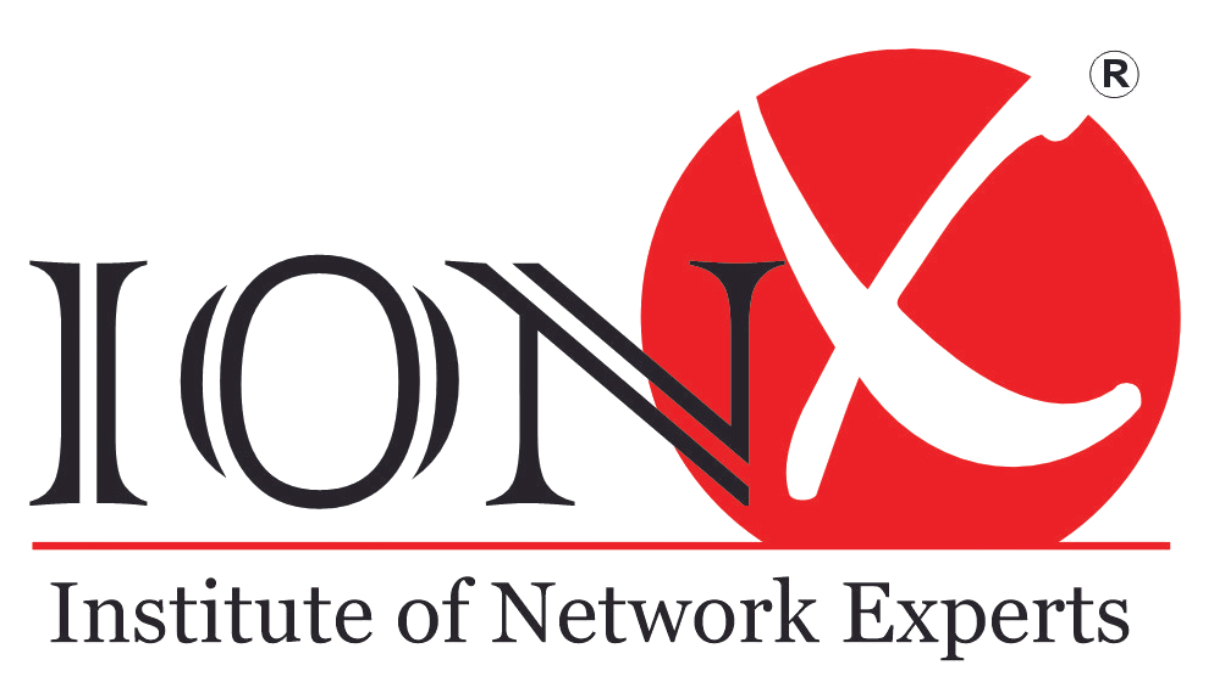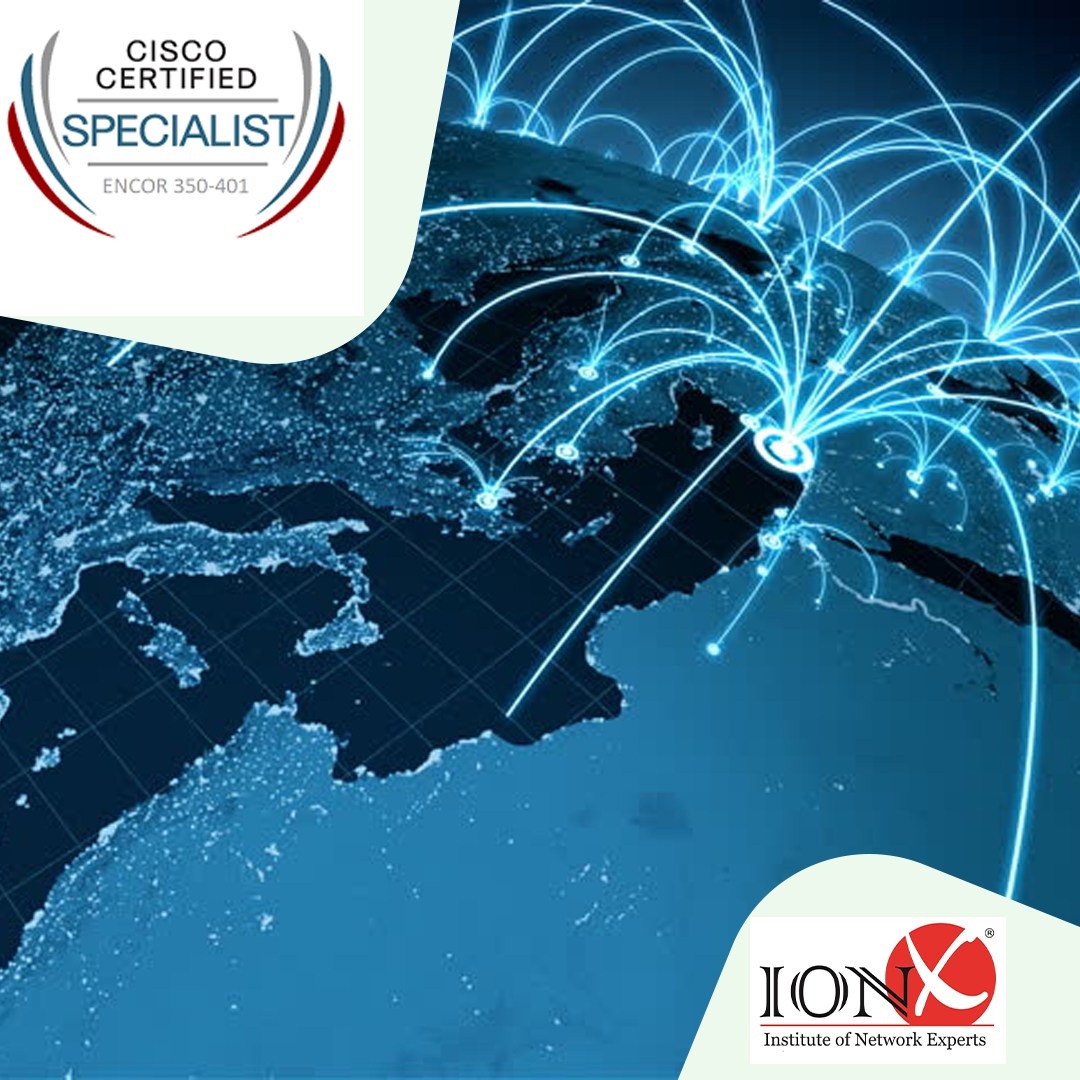CCNP ENCOR
"The Implementing and Operating Cisco Enterprise Network Core Technologies (ENCOR) v1.1 course gives you the knowledge and skills needed to configure, troubleshoot, and manage enterprise wired and wireless networks. You’ll also learn to implement security principles, implement automation and programmability within an enterprise network, and how to overlay network design by using SD-Access and SD-WAN solutions."
This course helps you prepare to take the 350-401 Implementing Cisco Enterprise Network Core Technologies (ENCOR) exam, which is part of four new certifications:
- CCNP Enterprise
- CCIE Enterprise Infrastructure
- CCIE Enterprise Wireless
- Cisco Certified Specialist – Enterprise Core
This course will help you:
- Configure, troubleshoot, and manage enterprise wired and wireless networks
- Implement security principles within an enterprise network
Enroll for CCNP Traning Free Demo Classs
Request Demo Class
₹35000/- | $650/- Duration: 90 Days
[Note: Prices displayed are after Discount and includes GST]
CCNP ENCOR (350-401) Brochure
Syllabus of CCNP ENCOR Course in Ahmedabad





